
Autumn biennials: 6 successful plant combinations
For a colourful garden as soon as winter ends!
Contents
Biennial plants are planted in autumn, between September and November. They are much appreciated for their bright, invigorating colours as winter ends when gardeners’ spirits tend to be low. In borders or in pots, they thrive everywhere and are easy to grow.
Discover our ideas for successful combinations!
With other autumn biennials
Autumn biennials offer a beautiful range of varied shapes and colours. You can easily combine them together. For this, pair the clusters of small flowers of the wallflowers with the more sophisticated blooms of very double primroses. Variety ‘Winter Orchid’ delights with its irresistible, highly fragrant flowers! It pairs perfectly with primrose ‘Belarina Nectarine’ for a delightfully fruity harmony. Add an extra touch of charm and graphic interest with a Tiarella and a purple-leaved Euphorbia. Finally, complete the scene with heucheras whose tones change through the seasons, not forgetting a few pansies.
Read also
Plant biennials in plug plantsWith early-flowering perennial plants
Make the most of early-flowering perennial plants to accompany pansies from the end of winter. Hellebores are perfect candidates for this. You can pair them with evergreen ornamental grasses, such as blue fescue or Carex, which will make excellent companions. Also consider winter heathers, which remain attractive for many months. Finally, if you wish, add a few bulbs such as muscari or winter aconites.
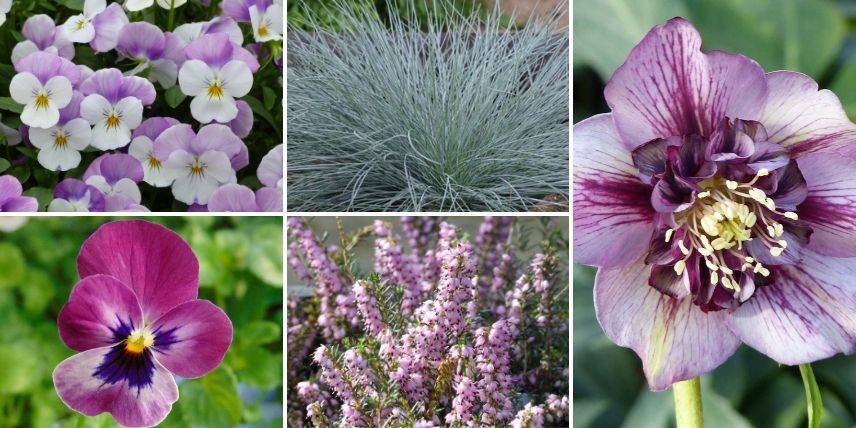
An example of a combination: Viola cornuta ‘Sorbet XP Pink Wing’, Festuca glauca ‘Intense Blue’, Viola cornuta ‘Sorbet XP Raspberry’, Erica darleyensis ‘Ghost Hills’ and Oriental hellebore ‘Anemone Picotee’
Discover other Biennials - autumn annuals
View all →Available in 1 sizes
Available in 0 sizes
Available in 0 sizes
Available in 0 sizes
Available in 3 sizes
Available in 3 sizes
Available in 1 sizes
Available in 0 sizes
Available in 0 sizes
Available in 2 sizes
With ornamental foliage
Pair your autumn biennials with decorative, evergreen foliage: ivy, evergreen ferns, heucheras, small grasses such as Carex, etc. In a hanging basket, you can place some pansies that will mingle with the light, bright foliage of Carex ‘Everillo’. Add a yellow-variegated ivy to echo the colour of the grass. Position it at the edge so it can cascade over the basket. Finish by planting cyclamen bulbs with pretty rounded leaves. The icing on the cake, they will reward you with little white butterfly flowers in late winter.

An example pairing: Viola ‘Matrix Lavender Shades’, Carex oshimensis ‘Everillo’, Hedera helix ‘Yellow Ripple’ (or ‘Goldchild’) and Cyclamen coum white
To create a monochrome décor
Small pansies, double-flowered primroses, wallflowers and pompom daisies are perfect for creating pretty floral compositions to place on a windowsill or on a table in the garden. They come in several colours and are easy to combine, whether in pastel tones or brighter shades. For a change, opt for a fresh, elegant monochrome scheme. To do this, fill your window box with wallflowers, pansies, daisies, hyacinths… in white tones and lighten everything with a few tufts of grasses such as the fabulous Carex ‘Ice Dance’. You could replace the daisies with Moroccan daisies, substitute the grasses with silver cineraria… everything is possible!
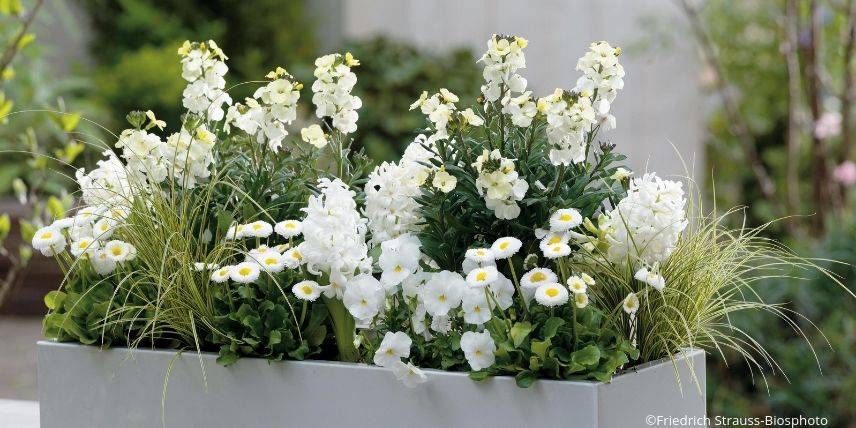
An example of a combination: Erysimum ‘Rysi Moon’, Bellis ‘Tasso Blanche’, Viola cornuta ‘Sorbet XP F1 White’, Carex morrowi ‘Ice Dance’ and Hyacinth ‘Carnegie’
With spring bulbs
Plant your autumn biennials with spring bulbs! Pair daisy pom-poms with tulips. Tulip ‘Apricot Beauty’ pairs beautifully with variety ‘Purple Lady’. To create a romantic, delicate ensemble, stick to shades of pink and add a few silver lamb’s ears as groundcover. Nothing stops you from sowing seeds or planting out a few forget-me-nots, it will be superb!
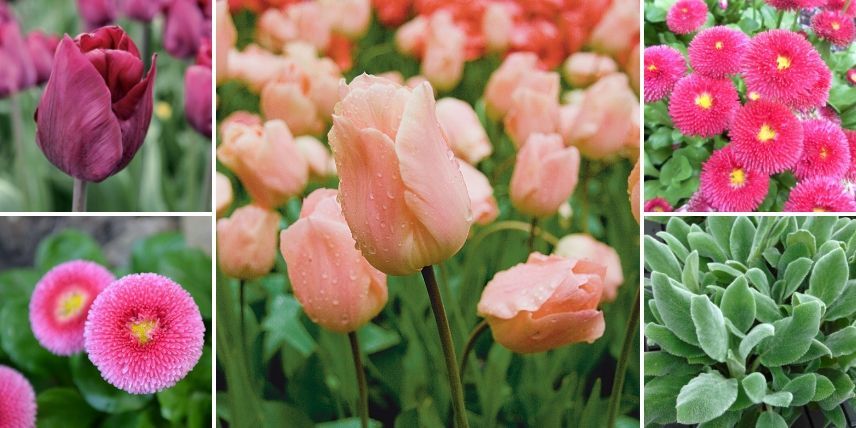
An example of a pairing: Triumph tulip ‘Purple Lady’, Bellis perennis ‘Rose’, Tulip ‘Apricot Beauty’, Bellis perennis ‘Tasso Rouge’ and Stachys ‘Silver Carpet’
You can also combine bold colours for a more vibrant display. In that case, pair tulips ‘Doll’s Minuet’, ‘Ballerina’ and ‘China Pink’ with a mix of orange and pink wallflowers. We actually offer this tulip mix in our Harmony Rio Carnival. Add a few clumps of grasses such as Carex. Guaranteed!
In contrasting combinations
For more contrasting, bolder combinations, plant Iris germanica and choose one variety very dark, velvety and the other with a touch of colour echoing the first iris. Then, plant orange wallflowers that will bring bright, soft yet vibrant colours. Add a few columbines with a dark charm such as the incredible ‘Black Barlow’ and finish by transplanting a few clumps of electric-blue forget-me-nots.
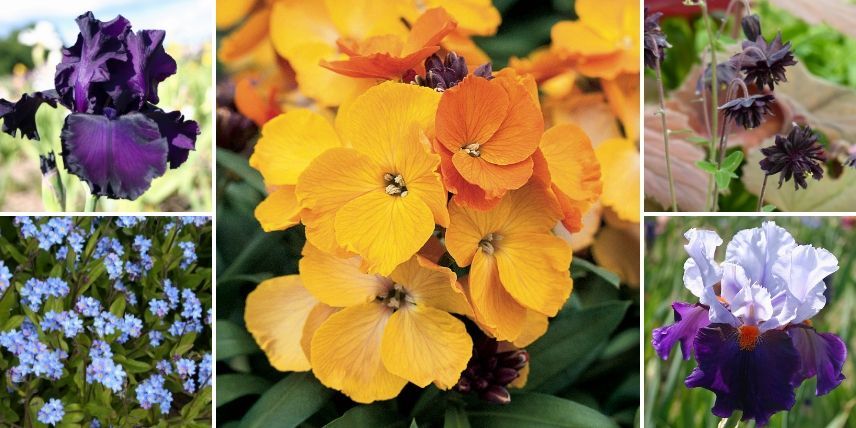
An example of a combination: Iris germanica ‘Midnight Revelry’, Myosotis, Erysimum ‘Rysi Copper’, Aquilegia ‘Black Barlow’ and Iris germanica ‘Chelsea Bleu’
- Subscribe!
- Contents
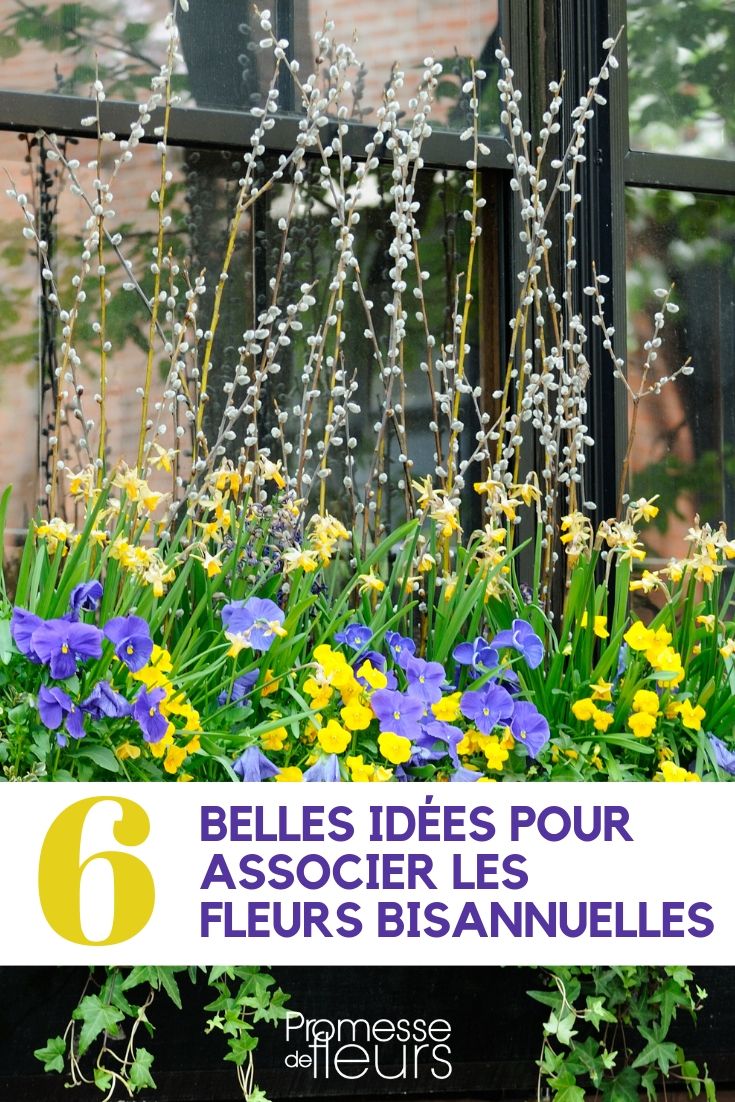































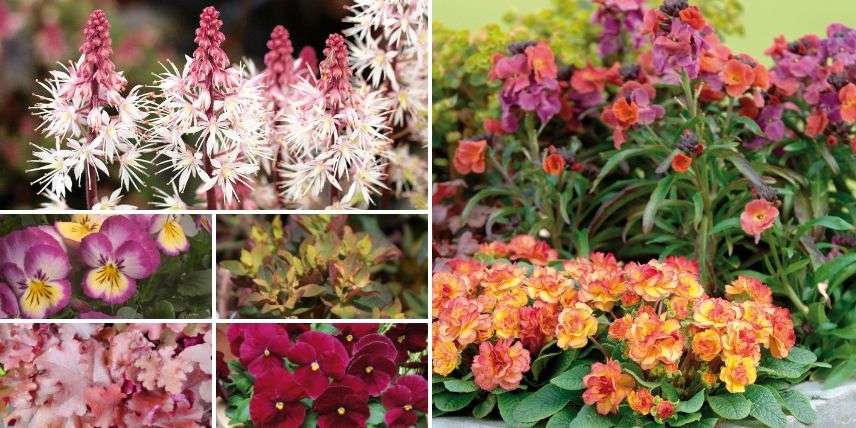
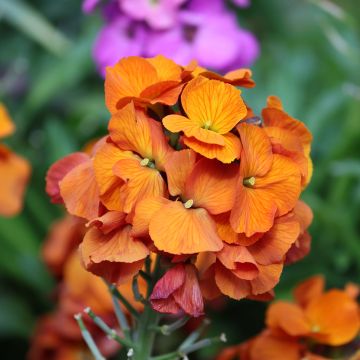
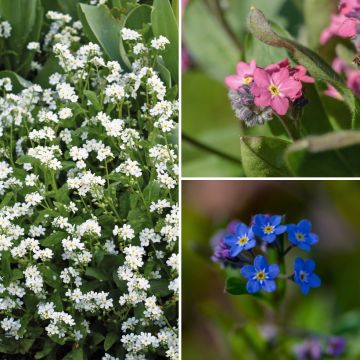

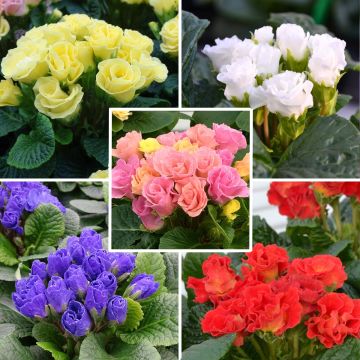
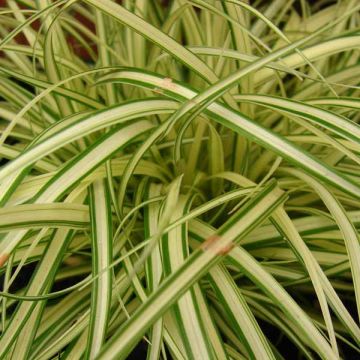


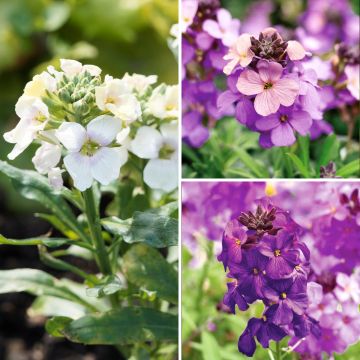
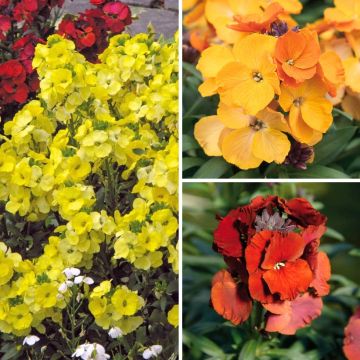

Comments